Log in or create new account to save this product to your wishlist.
How to topdress a lawn: why, how, and when?
Most people overlook topdressing. And then their lawn becomes bumpy and uneven... How to topdress (and why you should do it!) ;)
Latest articles
7 MIN 22 Jul How to keep your lawn in shape this summer 9 MIN 15 Jul Watering Your Garden: 10 Top Tips! 11 MIN 15 Jul Is Your Grass Type Right for your Garden? 11 MIN 10 Sep Create Your Low-Maintenance Garden – Tips and Ideas 11 MIN 08 Sep The Ultimate Guide to Choosing the Perfect Hedges for Your Garden 12 MIN 30 Aug The Top 20 Evergreen Climbers to Transform Your GardenJust when you thought your lawn care tasks were done for the year, you remember topdressing (or we’re reminding you now!). After all, topdressing your lawn is one of those lawn care tasks that always seem to end up at the bottom of the list (and never gets done).
- What is topdressing a lawn?
- Topdressing a lawn: considering the “root zone”
- Why topdress your lawn?
- Topdressing a lawn: which materials to use
- Can I make my own topdressing?
- Making your own topdressing mix
- What type of soil do I have?
- When is it best to topdress your lawn?
- How often should I topdress my lawn?
- How to topdress your lawn: a step-by-step guide
- Topdressing: Aftercare
- FAQs
Topdressing your lawn CAN be costly, time-consuming, and challenging work. But the results are stunning.
In this article, I’ll explain why you should topdress your lawn for excellent results. I’ll talk you through how to do it and the optimal window of the year for the best results.
Ready?
Let’s get topdressing!
What is topdressing a lawn?
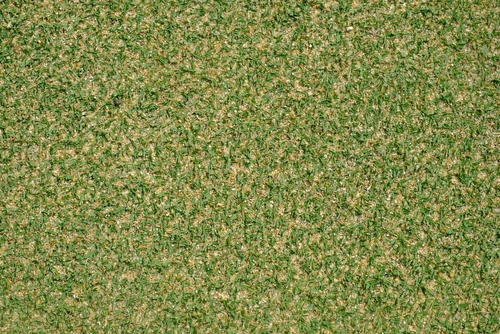
Lawn topdressing is a process of adding beneficial material to your lawn’s surface. But there’s no one-size-fits-all solution — read on to find the ideal topdressing recipe to suit your turf.
The benefits of top dressing are:
- Levelling the lawn surface — all lawns eventually develop bumps and dips. Topdressing helps heal uneven lawn surfaces.
- Thatch control — thatch is the layer of organic matter that develops over the surface of your turf and, left to its own devices, can suffocate your lawn. If you use the correct topdressing “recipe”, you can minimise thatch.
- Soil improvement — topdressing helps minimise soil acidity and bring fresh nutrients to your garden earth.
- Improves drainage — heavy clay soils become boggy in wet weather; topdressing your lawn (in combination with aeration) helps strengthen your lawn’s drainage.
- Aids overseeding and renovation — topdressing with the correct balance of nutrients can help boost germination while helping your lawn recover after scarifying.
- Boosts overwintering — the correct balance of nutrients added to the soil surface helps protect your grass plants during a particularly harsh winter.
Topdressing a lawn: considering the “root zone”
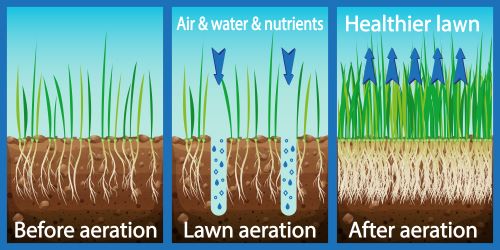
Anything you add as topdressing eventually sinks to the “root zone” — the segment of soil where roots prefer to spread and grow. This makes it essential to use the correct topdressing material because it will eventually boost (or hinder) your grass’s roots.
For example, a topdressing of sharp sand will have little to no benefit for heavy clay soil because it resists blending.
Why topdress your lawn?
The principal benefit of topdressing your lawn is levelness — it helps cure the bumps and hollows that develop over time.
For example, your lawn dips in areas of heavy use. If your kids have a goal post, the soil around the goal area becomes compacted. If you have an “unofficial” path from the house to the bottom of the garden, your grass eventually grows thin, and the soil becomes heavy and compacted.
Topdressing can help address this unevenness, although it may take some time to handle severe bumps or hollows.
Ultimately, topdressing isn’t just for lawn purists — all lawns benefit from additional nutrients.
Topdressing a lawn: which materials to use
The best topdressing material is a mix of compounds, selected and mixed to benefit your individual garden’s soil. These range from sandy loam to heavier loam.
Choose a sandy loam topdressing for heavy clay soil to assist drainage or a heavier loam for easily-drained sand soils to provide better nutrient and water retention.
The three components of topdressing are:
- Sand
- Peat
- Loam
Topdressing: Sand

Sand for topdressing should be of a medium particle size — too fine, and it becomes too claggy and suffocates the soil; too coarse, and it just lets nutrients drain away. Sea sand isn’t recommended as it’s too high in lime.
Sand is particularly useful for levelling or smoothing your lawn’s surface and helps to lighten heavy clay soil.
Topdressing: peat
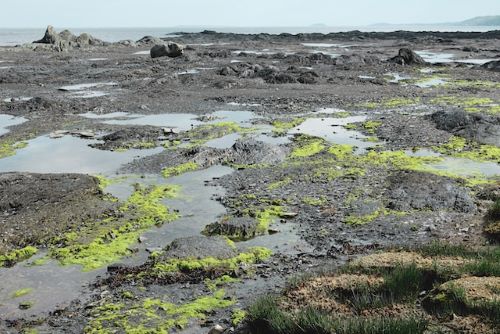
Peat is a controversial compound for domestic gardening, as it is one of the planet’s most valuable stores of carbon dioxide, helping keep this potentially harmful gas out of the atmosphere.
In situ, peat bogs store a colossal amount of carbon dioxide from the air. And undisturbed, peat is a valuable storage system. But when peat is disturbed, the carbon dioxide stored within the earth is released into the air.
European peat bogs were formed from the ancient decomposition of animals and plants, and scientists calculate that European peat bogs, fens, and marshes contain five times more carbon than our forests.
Peat is used as a soil improver (although it’s actually not particularly nutritious as plant feed) or burned as fuel. But peat use in domestic gardening is a very short-sighted practice, heavily impacting air quality and the climate.
In fact, the UK government will ban amateur peat use by 2024 — but luckily, there is a green alternative.
Peat adds acidity to your soil, so you should use it for lawns sparingly because too much acid in the soil is excellent for weeds and bad for grass.
However, peat used in moderation within topdressing mixes adds texture and water retention to the combination.
Topdressing: loam

Loam is a fertile, nutritious soil comprising equal parts of clay, silt, and sand. The loam used in your topdressing should be neither too sandy nor too heavy in substance.
Loam top dressing is commonly used for cricket pitches, offering firmness underfoot and fertility for grass plants.
Can I make my own topdressing?
Finding the correct balance of sand, peat, and loam is a delicate balance, and it’s probably better to buy it in – ready mixed in a blend explicitly curated to your soil type.
Remember, whatever mix you use for topdressing eventually sinks into the root zone.
If you’re mixing your own, consider:
- Your grass plant’s root zone
- What you want to achieve
For example:
- Sandy soil, prone to drought exhaustion in the root zone, needs water-retentive peat-based topdressing.
- Heavy soils prone to flooding or becoming claggy benefit from a higher percentage of sand to aid drainage.
Making your own topdressing mix
For sand-based soils
Sandy soils drain quickly and are prone to drying out during warm weather. They also become nutrient deficient as your lawn’s essential nourishment gets washed away.
So, you need a better soil structure that retains water and nutrients.
Go for:
- 4 parts loam
- 3 parts peat
- 1 part sand
For clay-based soils
Clay soils are heavy and prone to drainage issues during wet weather. However, clay-based soils tend to hold onto their nutrients well.
So, you should aerate your lawn soil regularly to address the heaviness in the earth, and add topdressing with the following mix:
- 2 parts loam
- 1 part peat
- 4 parts sand
For loam-based soils
Loam soils kind of fit in the middle — the Goldilocks soil, as it were. So, loam drains well and holds onto water and nutrients well but doesn’t flood or get claggy.
Lucky you!
We recommend the following mix for loam-based soils:
- 3 parts loam
- 1 part peat
- 3 parts sand
What type of soil do I have?
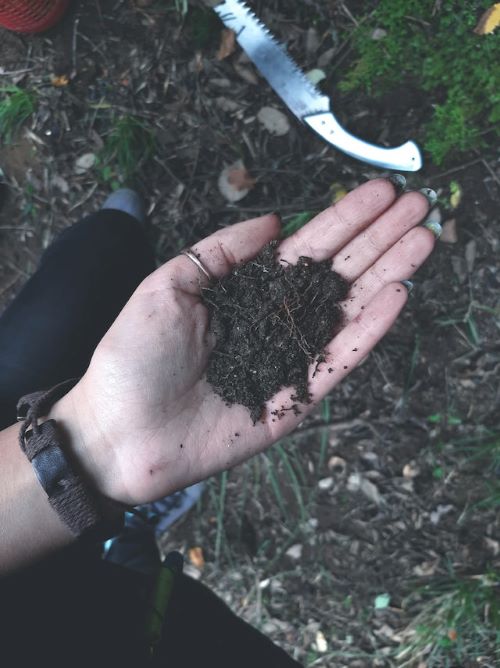
Find out your soil type in the following way:
- Grab a handful of soil, and squeeze it in your hand.
- Release the squeeze, and look at the soil.
Then, take note:
- If the soil grains stick together and become surface-smooth when you rub your fingers over the top, you have clay soil.
- You have loam-based soil if the earth has a velvety or floury feel.
- You have sand-based soil
- if the grains don’t stick together and feel gritty.
When is it best to topdress your lawn?
Topdress your soil only during growth periods. In the UK, that tends to be between April and October. But it depends on the weather; if the warm weather continues into November and your grass continues to grow, topdressing should also be OK.
Most people topdress their lawns in early autumn or late spring as part of the renovation process — especially after aeration.
How often should I topdress my lawn?
We recommend topdressing once a year, but it depends on your soil. If you have poor-quality soil, you can topdress more regularly.
How to topdress your lawn: a step-by-step guide
It’s always a good idea to topdress after aerating your lawn, especially if you use a hollow-tine aerator. The top dressing falls into the holes in the soil and gets closer to the root zone, nourishing your grass plants where they need it!
Topdressing your lawn: Step 1 — mow
Mowing your lawn helps the topdressing to reach the soil surface. It gets stuck in long grass.
Topdressing your lawn: Step 2 — spread
Spread your topsoil mix over your lawn’s surface, focusing on dips and hollows while aiming for an even spread. Make sure that both the topsoil and the grass are dry — never try and spread wet topsoil (or it will be like spreading Marmite on your grass!).
Apply around 1.5-2kg of topsoil per square metre. Make sure it’s dry!
It’s easier to spread evenly if you portion the top dressing into smaller batches and then concentrate on smaller lawn quadrants. And use more if you’re filling in gaps and hollows.
Topdressing your lawn: Step 3 — rake
Make sure the topsoil is dry. Then, use a rake to blend the topdressing with the top layer of soil. Repeat the process until the topdressing is less visible and has become part of the turf.
If a rake isn’t getting into the swarth, use a stiff brush or a levelling lute.
Topdressing your lawn: Step 3 ½ — overseed
I recommend overseeding with high-quality lawn seed AFTER topdressing. That way, you won’t disturb the seed as you rake it into the swarth.
Once you’ve sown the seed, brush it very lightly into the loose upper dressing before rolling or firming the soil to ensure good soil contact. Water lightly regularly for the next couple of weeks to improve germination. Don’t overwater — you’ll just disturb the seeds.
Topdressing your lawn: Step 4 — rest
No — not you! Let the lawn rest for a couple of days before walking on it. This will help keep the top surface beautifully level. If there hasn’t been any rain since you raked, water your lawn lightly to keep the soil moist and wash away loose earth that hasn’t taken.
Topdressing: Aftercare
Aftercare is relatively straightforward.
Give the lawn a week or so to bed in before you mow; otherwise, you could blunt your cutting blades on any topdressing that remains on the grass leaves.
Then, sit back, relax, and enjoy the beautiful level surface of your lawn!
Any questions?
I hope you’ve got everything you need here to make your topdressing a successful venture. But if you have questions, please don’t hesitate to email us.
We love to hear from you and promise to get back as soon as possible!
Remember to share this article with your friends. Thanks for reading.
FAQs
Only topdress your lawn while your grass is actively growing. The growing season in the UK is generally from March till October. Make sure the topdressing is dry before you attempt the task; otherwise, it will be like spreading Marmite across your lawn! Nasty!
Topdressing is a mix of sand, peat, and loam. But there’s no one-mix-fits-all solution. First, identify your soil type, then choose a mix that will improve it. Sandy soils need peat for water-retention, while clay soils needs more sand to help with drainage.
Topdressing your lawn helps level out the turf’s surface. Over time, most lawns develop dips, bumps, and hollows – usually as a result of heavy use (or erosion if your earth is sandy or gritty). Topdressing helps fill in these hollows and also helps improve the soil quality for better lawn growth.
Leave a comment
Your answer will be displayed on the site and the interested party will be notified by email.
Leave a comment
Have a question or want to share your experience? Leave us a comment.
Read more
The best tips and tricks for a lush green lawn
 Scarifying Kit
All products after scarifying | Quickly restores the lawn after scarifying | Outsmart weeds quickly with the use of this kit
From: € 39.99
Scarifying Kit
All products after scarifying | Quickly restores the lawn after scarifying | Outsmart weeds quickly with the use of this kit
From: € 39.99
 Spring Lawn Care Kit
MOOWY’s choice for the spring | Quick recovery of your lawn after winter | A strong lawn prevents weeds
From: € 25.99
Spring Lawn Care Kit
MOOWY’s choice for the spring | Quick recovery of your lawn after winter | A strong lawn prevents weeds
From: € 25.99
 Long Lasting Lawn Fertiliser
Effective for 90 days | See results in 14 days! | Suitable for all types of grass and soil
From: € 13.99
Long Lasting Lawn Fertiliser
Effective for 90 days | See results in 14 days! | Suitable for all types of grass and soil
From: € 13.99
Do you want a lawn calendar?
🌱 All important maintenance moments for your lawn during the year. Leave your email and we will send you the lawn calendar for free.
Enter your email
Receive the lawn calendar in the mail
Enjoy a green lawn all year round!




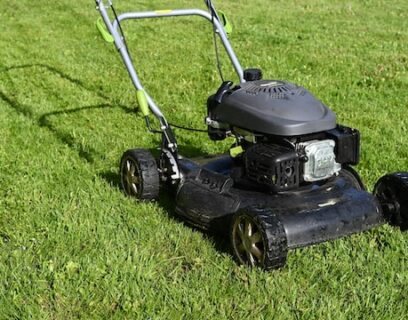
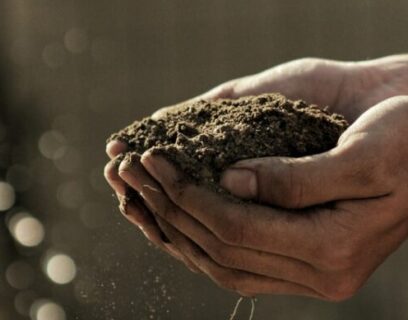
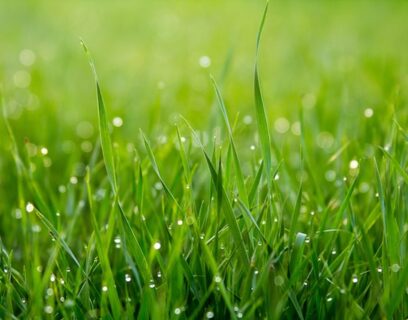






Comments (0)
There are no comments yet. Well then, what are you waiting for to
Be the first to write your comment!inaugurate this pretty page?
Do you have some comments?